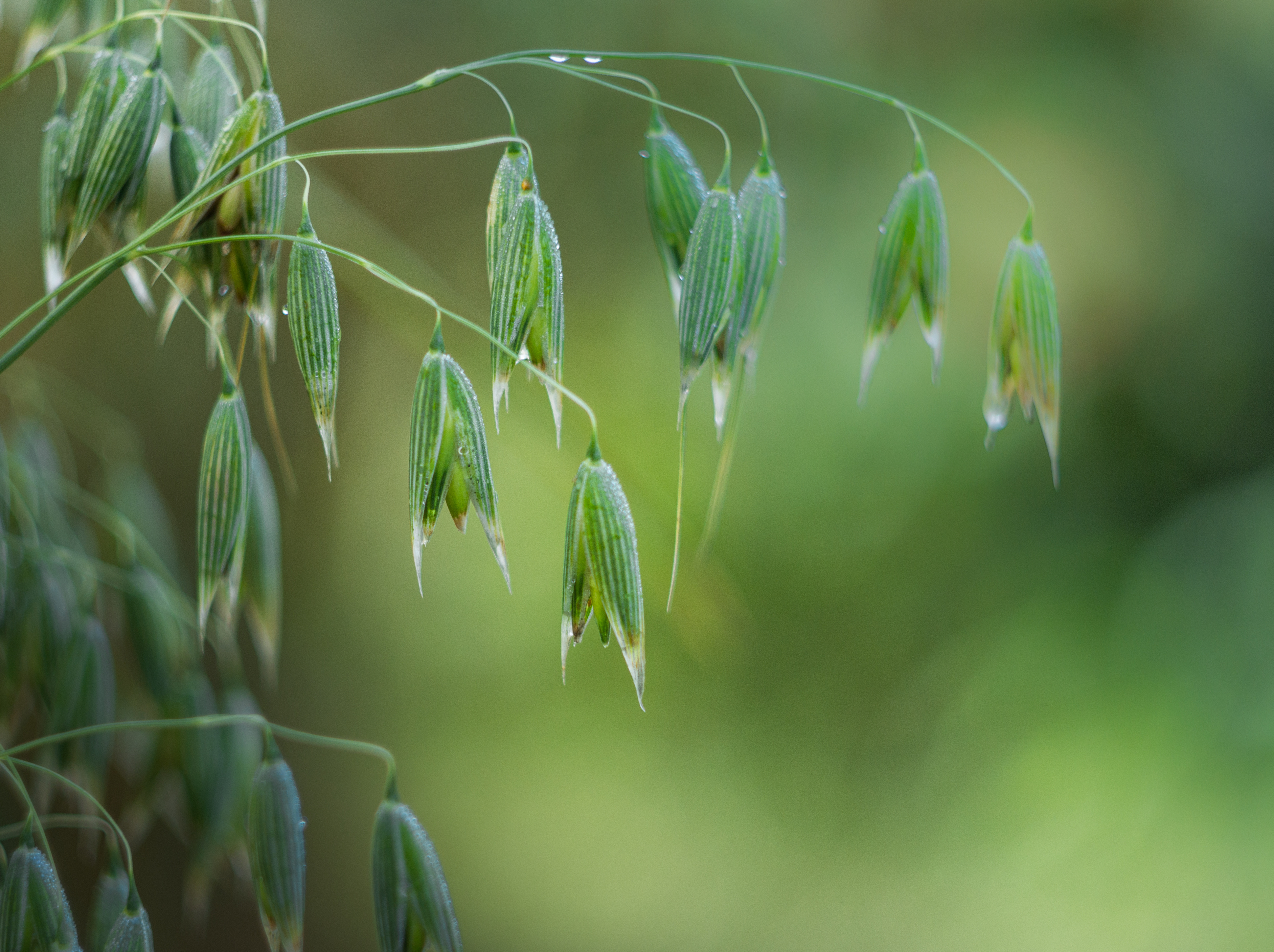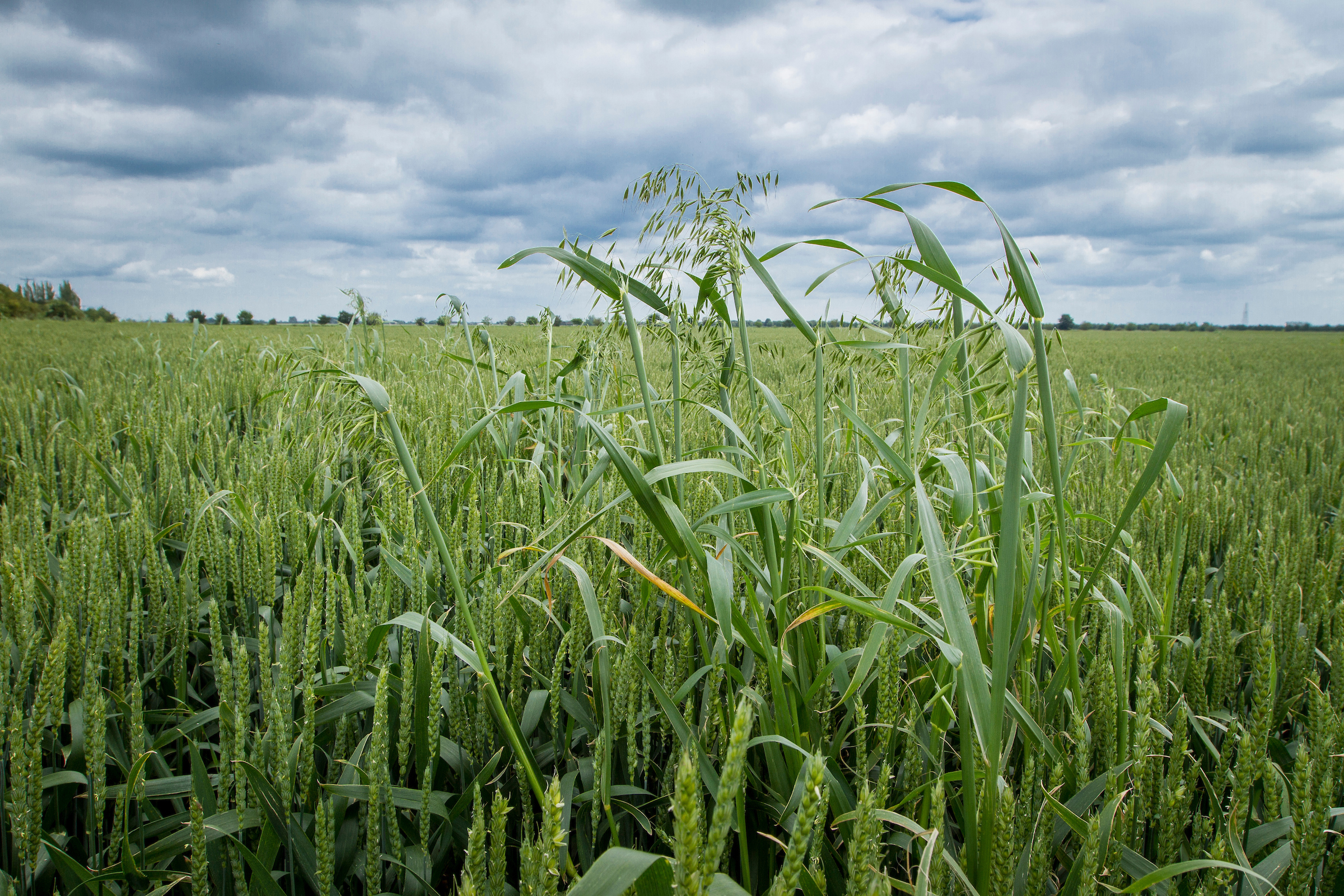Characteristics and Identification
Some of the most familiar weeds, both wild oat and winter wild oat are tall, stout annual grasses similar to cultivated oats. Very similar in appearance, both have a large loose drooping seed head or panicle. Wild oat is 30–150 cm tall and germinates in both autumn and spring, although most seeds germinate in the spring. Winter wild oat is a stouter plant 60–180 cm, which germinates in the late autumn and winter.
It is very difficult to tell the species apart, but there are subtle distinctions. Wild-oat differs from winter wild-oat in the following areas; leaf margins are hairier near the base, spikelets are smaller, lemmas are broader and end in two small teeth. The two species are easier to tell apart when ripe, wild-oat seeds separate from the spikelet with no scar.
Both species may occur within a single field, sometimes in a mixture but sometimes in discrete, separate patches. Apart from the typical germination period, there are no major physiological differences which significantly affect responses to cultural and chemical control methods (unlike brome for instance). Hence, ‘wild oats’ is a catch all term which generally refers to both species.
More information on identifying wild oat species



